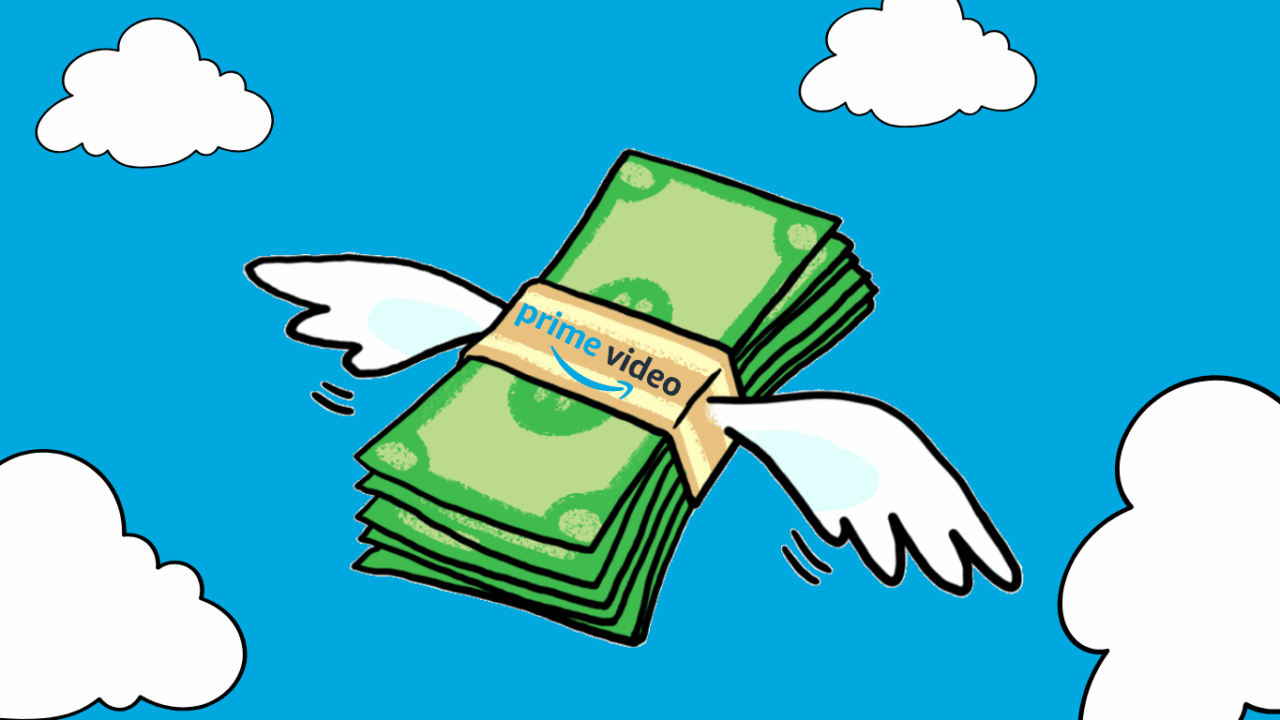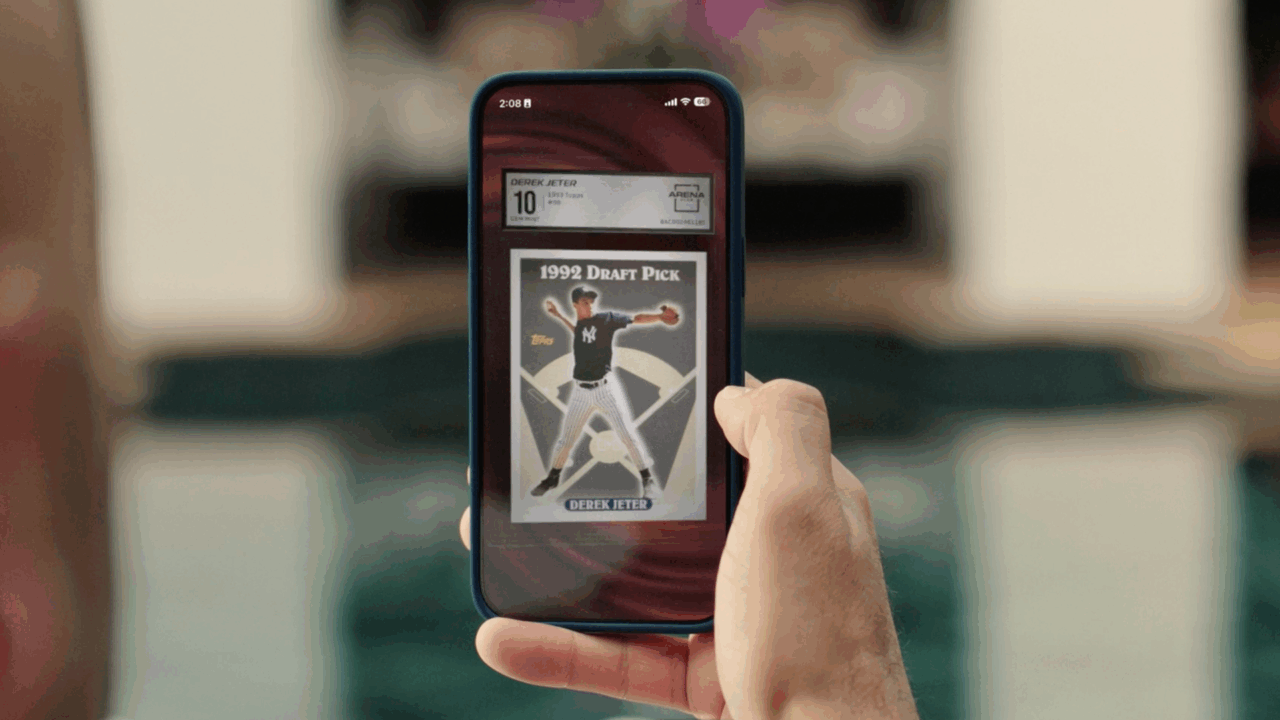Amazon Prime Video Ad Increase Offers Value to Brands, Friction for Viewers

Amazon is doubling its ad load on Prime Video to six minutes per hour, a strategic move aimed at increasing revenue and stabilizing CPMs amid shifting market dynamics. While the platform once commanded premium rates around $30 CPM at launch it has since lowered prices, pressuring competitors like Netflix and Hulu to follow suit.
In light of Amazon Prime Video extending its ad load by six minutes, the move appears to serve a dual purpose: boosting overall ad revenue and helping maintain competitive CPMs amid growing demand, according to marketers.
“CPMs will settle based on Amazon’s targeting, ad quality, and how it stacks up against other streamers. But this feels more like a volume play,” said Dustin Engel, Co-Founder of Elegant Distruption. “The real opportunity is adapting ad load based on content value and user demand like linear TV does, just faster.”
As advertiser interest rises, so does competition, which can drive CPMs higher though this still depends on audience growth. Despite economic pressures forcing brands to scrutinize their media spend, many see value in Prime Video’s inventory, which currently averages around $30 USD CPM when it launched. A year later, Amazon started to lower ad rates which had a domino effect on other streaming platforms like Netflix and Hulu.
Amazon is rapidly expanding its advertising business to boost revenue. It opened its ad tools to other retailers earlier this year, letting them run targeted campaigns on their own sites using Amazon’s data.
At the same time, it enhanced ad formats on Prime Video introducing contextual pause ads and shoppable inventory not too long ago. Now the third-largest digital ad player in the U.S. behind Alphabet and Meta, Amazon is clearly shifting from e-commerce giant to full-scale media powerhouse. Its move to extend ads on Prime Video is a giant raceway finish flag for the brand as it is turning the platform into a key driver of ad-based monetization.
This follows similar moves by Meta, which added more ads to Instagram last year, and YouTube TV, which recently increased mid-roll ad placements and extended ad durations.
Haley Kinney, Marketing and PR Coordinator at Horowitz Agency, believes Amazon’s increase in ad supply could lower competition among current advertisers, potentially driving down costs and attracting new entrants. However, Kinney, notes that some premium advertisers may view the reduced exclusivity and potential drop in viewer engagement as risks, posing challenges for Amazon’s long-term strategy.
“Almost everyone who uses Amazon has a Prime account that includes Prime Video with ads. Those who loathe ads already have the premium ad-free version of Prime Video,” said Kinney. “While it may be irritating to those who stream Prime Video with ads, Amazon will likely get away with it since the new ad load is in line with or still lower than other high-performing streamers.”
The YouTube viewing experience is becoming more invasive, according to a media buyer who spoke with us anonymously. In one session, the person encountered a 15-second pre-roll ad, a 30-second break just four minutes in, and an ad on the pause screen. Hitting play triggered another 15-second ad only for the video to play five seconds before yet another 30-second break. As Amazon Prime Video extends its ad load to six minutes per hour, it risks following a similar path to potentially frustrate viewers while chasing greater ad revenue.
Alex Lu, Senior Manager of Digital Media at FUSE Create, sees Amazon’s extended ad load as a clear trade-off between advertiser opportunity and user experience. While it offers brands better access to target audiences, Lu notes that it diminishes the core appeal of streaming, which is on-demand and ad-free viewing. He adds that some platforms are already drifting back toward the linear TV model by releasing content weekly, a shift that’s frustrating users and eroding the streaming experience.
“Some advertisers may be conscious of how this may affect brand perception and may not want to be associated with a negative user experience, but history has shown that ultimately if the eyeballs are there, so will the advertisers,” said Lu.





